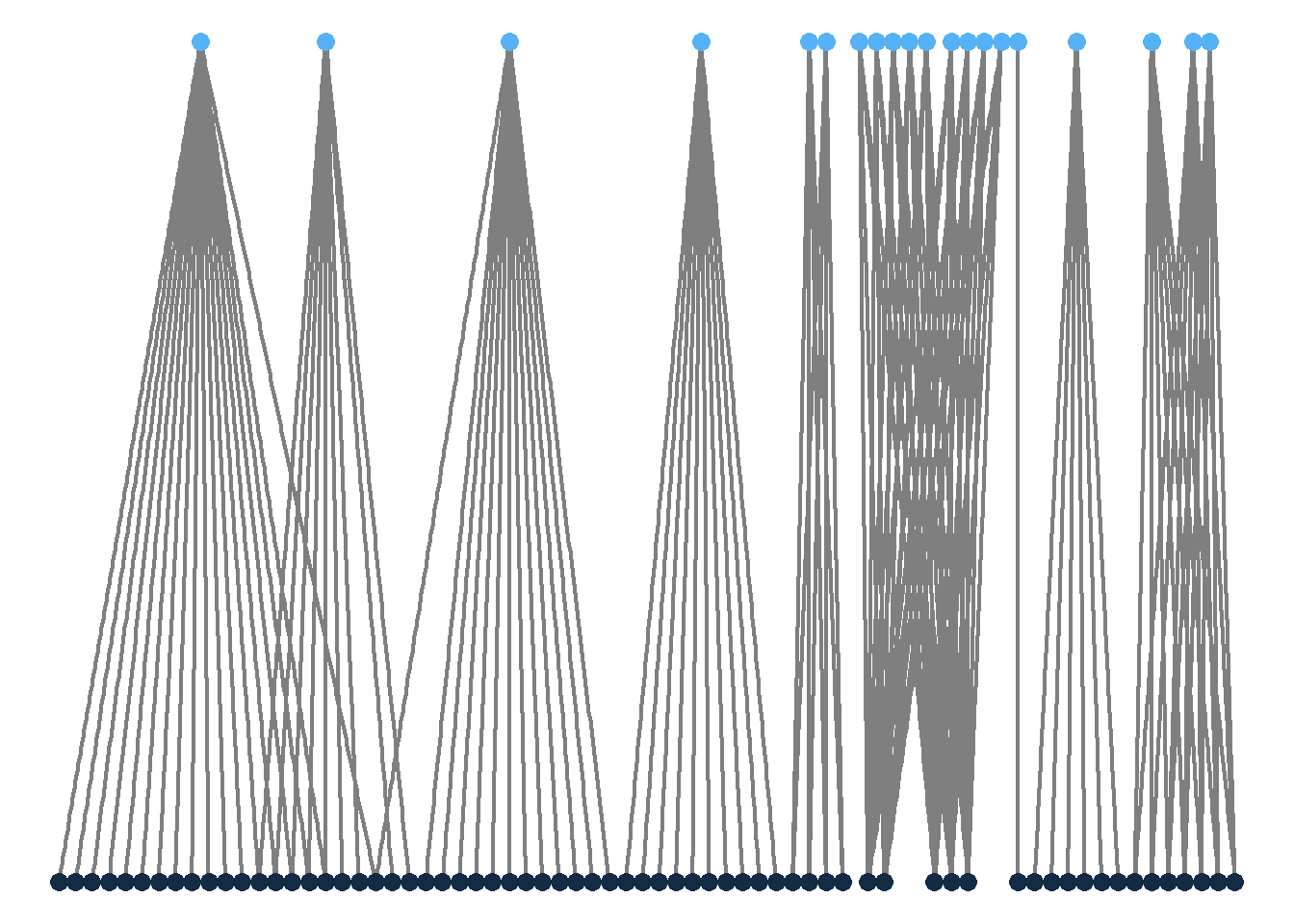class: center, middle, inverse, title-slide .title[ # Peer Participation in the Medicare Shared Savings Program ] .subtitle[ ## Presenter: Youcheng Hou, UNC ] .author[ ### Discussant: Ian McCarthy, Emory University and NBER ] .date[ ### ASHEcon Annual Meeting, June 28, 2022 ] --- <!-- Adjust some CSS code for font size, maintain R code font size --> <style type="text/css"> .remark-slide-content { font-size: 30px; padding: 1em 2em 1em 2em; } .remark-code, .remark-inline-code { font-size: 20px; } </style> <!-- Set R options for how code chunks are displayed and load packages --> # Physician networks and voluntary participation - Lots of work measuring static physician networks - Less work studying the effects of such networks - Even less work on the formation and evolution of those networks (more on this later) - Very little work on voluntary program participation in health care - Look into "Selection and Causal Effects under Voluntary Programs" by Gupta et al. --- # This paper *Main Question*: Does my peers' participation in a shared savings program affect my own participation? <br> *Approach*: LPM regression of my participation against a weighted average of my lagged peers' participation, instrumented using lagged peers-of-peers <br> A ton of impressive data work! --- class: inverse, center, middle name: questions # Some thoughts and questions <html><div style='float:left'></div><hr color='#EB811B' size=1px width=1055px></html> --- # Some descriptive work - Would love to see some graphs describing the networks, especially the instrument (peer-of-peers) - Specifically showing extent of peers-of-peers that are not my own peers .center[  ] --- # Reflection - Are lagged values necessary? - Already using leave-one-out peer average - Ahn and Trogdon (2017) use contemporaneous (leave-one-out) peer average with lagged peer-of-peer average as instrument --- # Weighting - Results much larger when not weighting peer averages by patient counts - Could instead be a reflection of measurement error in the peer group instrument (Angrist, 2014) --- # Mechanisms - HHI highly correlated with peer group structure - Is recruitment effect identified separately from "social learning"? - Recruitment is a two-way street...more likely to recruit if program is running successfully - Suggests that, as I learn about my peers' performance, recruitment may be harder or easier - Is there some way to leverage "successful" versus "unsuccessful" ACOs here? --- # Network formation - Is my peer-of-peer exogenous? - If the existence of an edge is endogenous, then the absence of an edge should be endogenous too - Analysis allows for time varying peer groups, but what assumptions are needed on the evolution of the network - Given the need for sufficiently large ACOs, practices must be forward-thinking - Could you exploit system-level information here? Plausibly exogenous shock to ACO participation